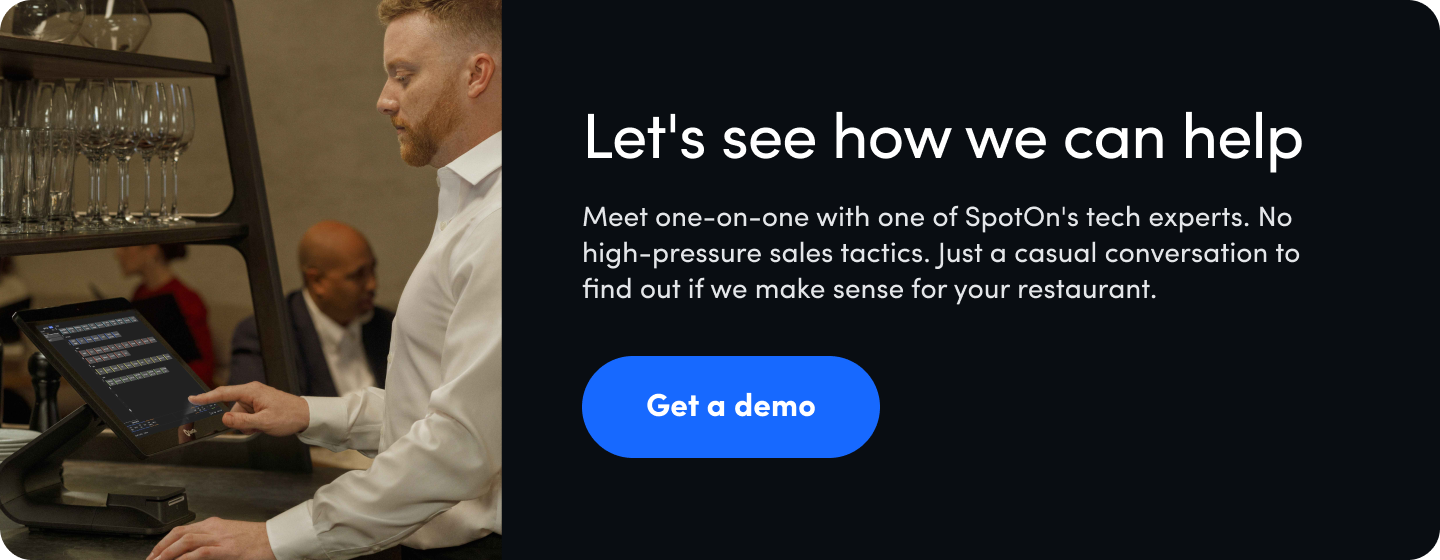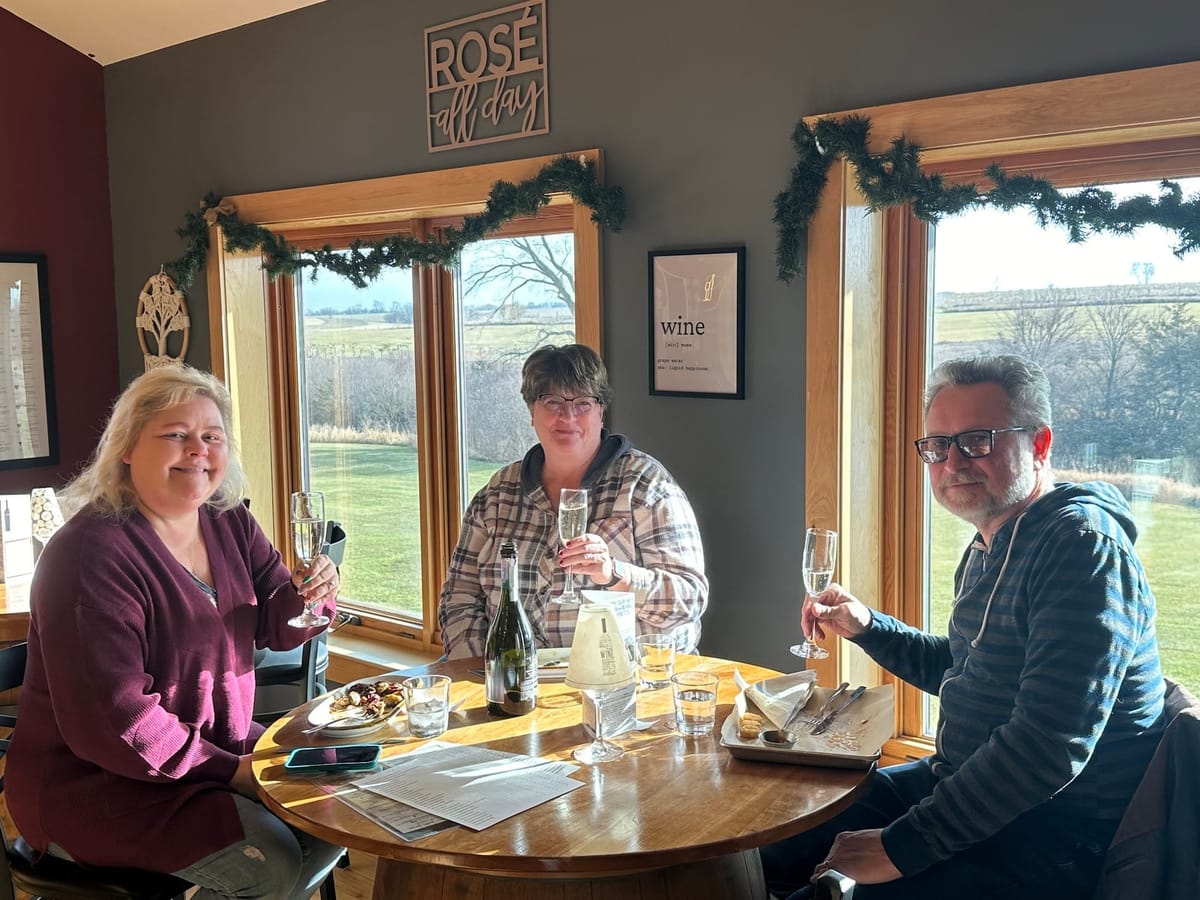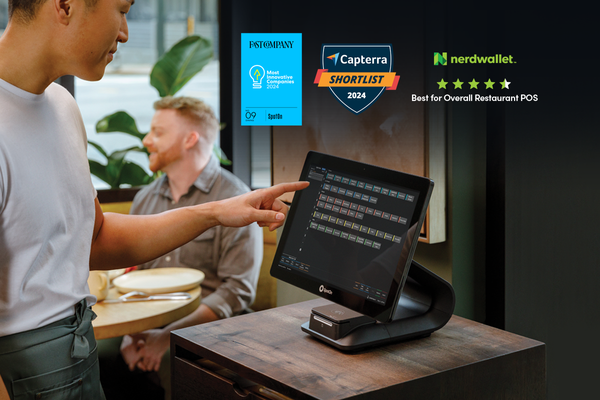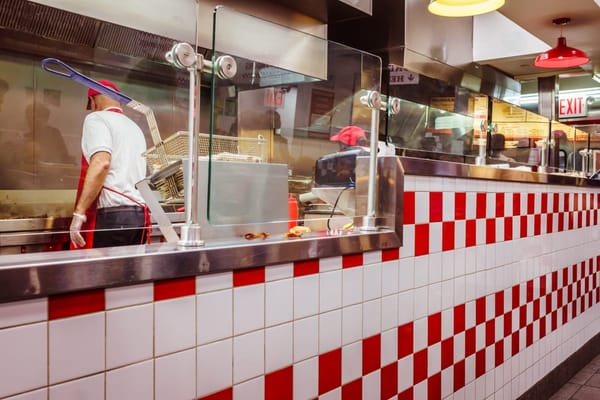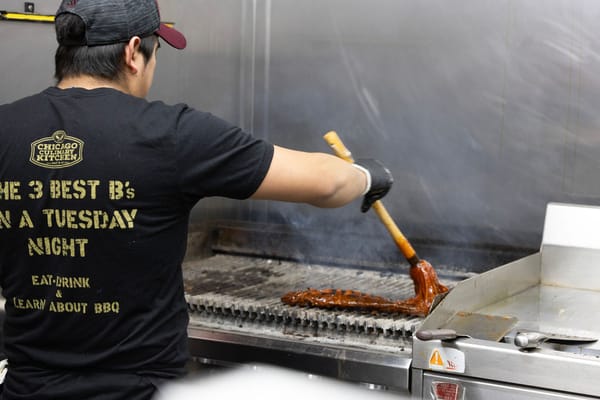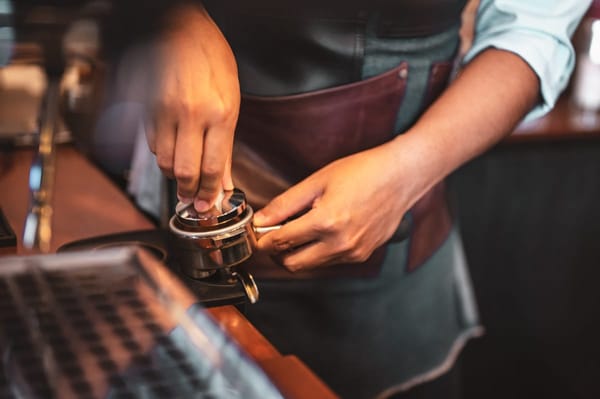Meet Dan Slowinski. QA Engineer at SpotOn, avid aerogardener, restaurant owner (and so much more). Slowinski and his husband are the owner-operators of The Muse on Cedar Creek, a former winery in Freeport, Illinois that has become a community hub, elevated dining spot, and scenic event space. They bought the space in 2021, rehiring the former staff of the previous concept and incorporating their feedback to create a new one. Slowinski’s husband Josh, a graduate of Le Cordon Bleu Chicago, developed a creative menu conducive to The Muse’s small kitchen and catered to the community’s tastes.
Along with staff feedback and Josh’s culinary skills, Slowinski and his husband leveraged reporting tools to gain insights from their restaurant POS data. We talked with Slowinski to learn more about how reporting has impacted The Muse on Cedar Creek and how other restaurants can use reporting to level up their menu efficiency in 2024.
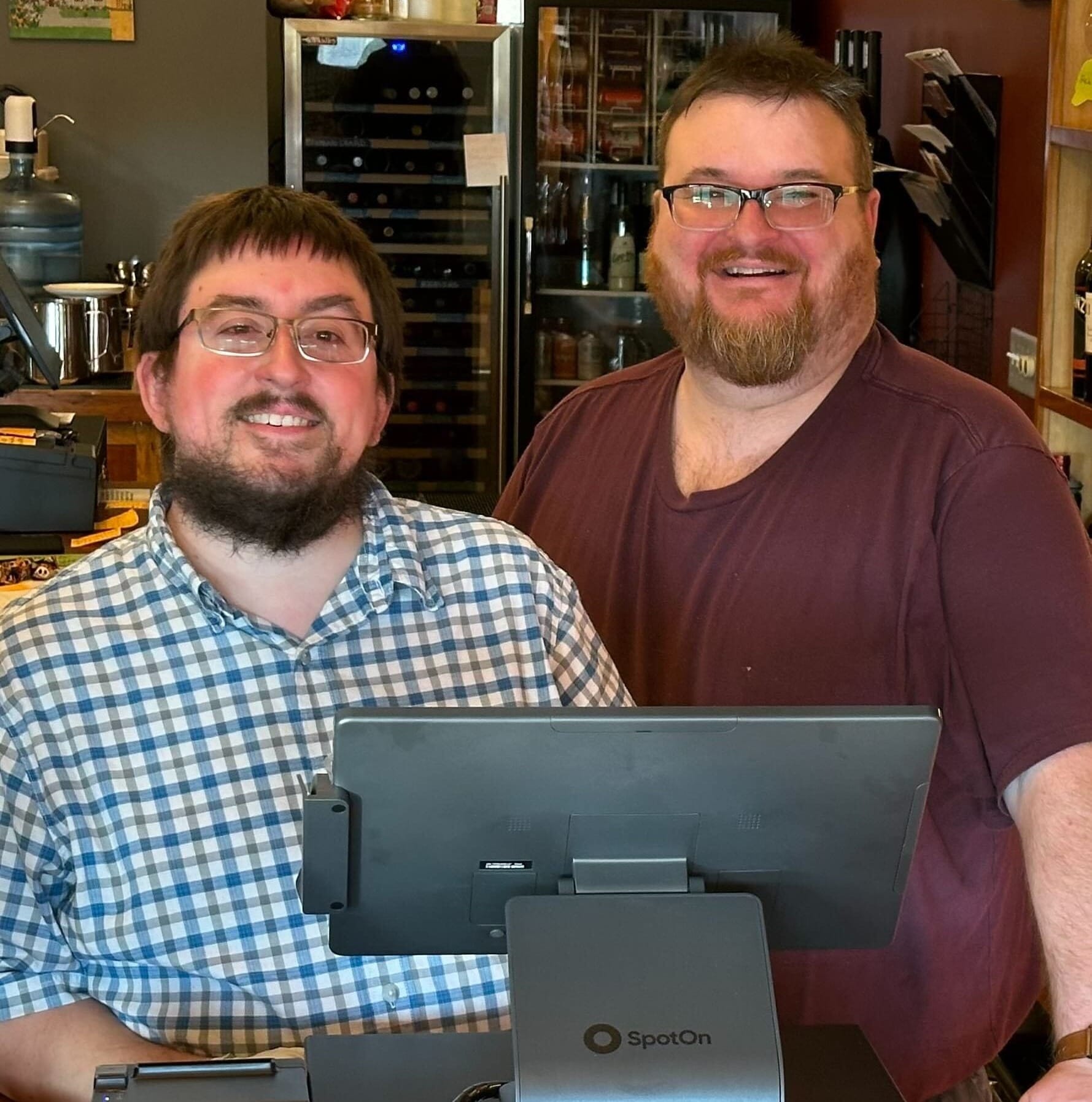
What impact did reporting have on The Muse on Cedar Creek’s menu?
As I mentioned, we probably have one of the smallest restaurant kitchens possible, especially given our order volume. We crafted our menu from different culinary experiences while considering how to do more with the small amount of space we have available.
We have been using reporting data to confirm our guests’ preferences. Reporting revealed that some items have been selling a lot more than guests have been letting on in their feedback. Hearing customer feedback is great, but it can lead you toward your own bias about what’s working and what’s not working. With reporting, we identified the highest-selling dishes and noticed they all had a similar flavor profile. We re-engineered the menu to create more items that aligned with that flavor profile and fewer of the items that weren’t performing.
We had items that we thought were doing well, but in reality, the numbers didn’t justify it. In reporting, you can see what percentage of overall sales come in for a certain item. If an item is 1% of our overall sales, is it really worth keeping that item on the menu?
For example, we found that the Greek rice bowl, Greek salad, and feta dip didn’t sell very well compared to our other dishes. We added a Teriyaki bowl and found that in less than half the time the Greek bowl was on the menu, the Teriyaki bowl sold 5 times more. We had leftover bao that we added to the brunch menu and found that it was a hot item. We even noticed guests coming in saying they had seen it on Facebook and wanted to try it. Looking at the data, we realized this was the flavor profile guests were looking for.
Reporting helped us identify, in a broad sense, what people are looking for when they dine with us. Even though we’re going into the slower season, we’re seeing better sales with the new menu.

Which reports do you find yourself returning to?
Mostly the Product Mix. I look at how the products are doing by themselves instead of the breakdown of salads vs. sandwiches. It’s helpful to see how an individual product is doing when making the decision to keep it or cut it. I also look at the reporting groups to see what percentage of our sales are food, alcoholic beverages, non-alcoholic beverages, etc.
I also rely on the customer sales report. Even if they’re not loyalty members, you can see how much they’ve spent as a customer. It’s helped us get a better sense of what our most frequent customers are interested in.
When I look at the items a customer has purchased, I also look at the paired items. What items are customers purchasing together? This helps us determine what appetizer goes with what entree and which wines people prefer along with their food, helping us with wine selection.
Has reporting helped improve operations beyond updating The Muse’s menu?
Reporting means I don’t have to pull out an archive of receipts to look through when I need that information. It has saved me a lot of time in that regard.
We also use employee hours reporting for tracking hours. This report helps us run payroll and determine tipping.
The gift card report helps us when it comes time to do taxes and understand our liabilities. Monthly sales reports mean we can accurately calculate our sales tax.
What would be your advice to other restaurant operators as they fine-tune their operations in 2024?
Reevaluate your assumptions. A dish can taste great and have all the right ingredients, but if it’s not what guests want, you’re missing the mark. It helps to look at all the information available, not just people commenting during service. Table touches are important, but sales data is king. Data isn’t biased. It helps you make the best decision on behalf of most of your customers without having to ask all of them.
Also, SpotOn Restaurant clients can access an online resource called SpotOn University which helps you maximize the value of the platform while learning at your own pace. Running a restaurant is a lot of work, and there's rarely extra time to learn new things, but I’ve found that spending a little bit of time learning can result in big time savings later down the road.
